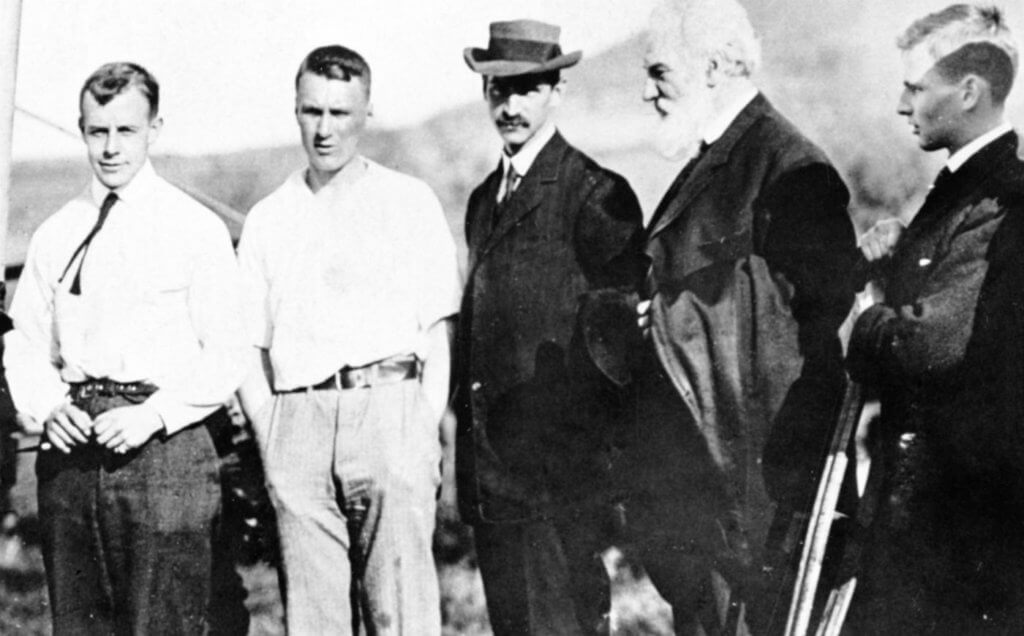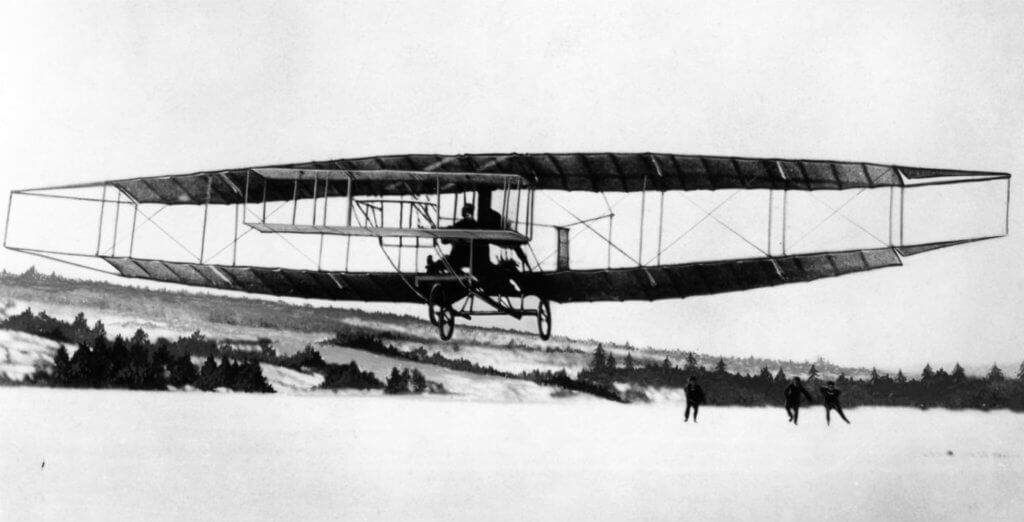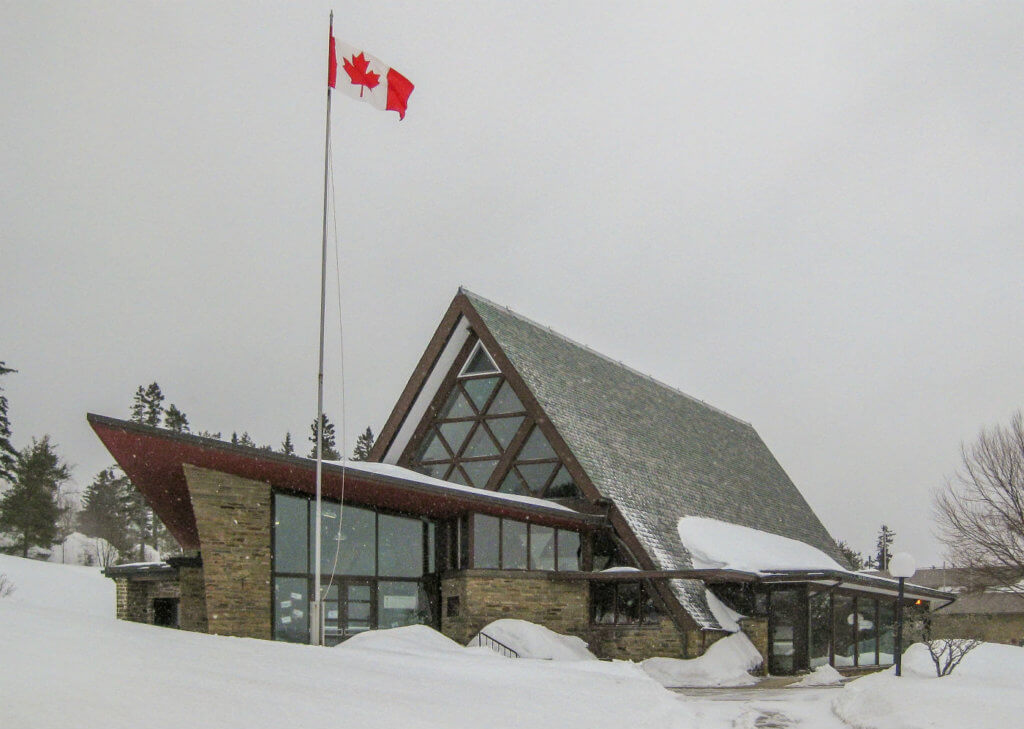Estimated reading time 7 minutes, 27 seconds.
Canada was not the first nation to fly, but it has made a significant contribution to aviation history. Today (Feb. 23), Canadians are pausing to honour aviation pioneers on National Aviation Day. It is a celebration of how aviation has connected people and moved goods safely both within Canada and around the world. The day is also a celebration of the many people throughout Canada’s history who have ensured the nation’s aviation safety, strength and success. Here, aviation historian Larry Milberry describes some of those milestones.
On Aug. 10, 1840, professor of chemistry and aerostatic exhibitions Louis Anslem Lauriat inflated his massive balloon “Star of the East” with hydrogen gas in a lot in Saint John, N.B., ascended in its basket and drifted out of sight over the countryside.

Thousands of locals enjoyed the experience. Thus did manned flight come to Canada.
Such events were great fun for years to come, and many “firsts” were recorded, as in Montreal on Sept. 8, 1856, when Eugene Godard took three local men for a balloon flight across the St. Lawrence River.
Godard’s trio became Canada’s first aerial passengers. An ascent beginning in Watertown, N.Y., on Sept. 24, 1858, and ending hours later in the Quebec bush seems to qualify as the first United States-Canada trans-border flight.

Balloons were followed by dirigibles, powered by makeshift engines. Other would-be fliers experimented with gliders. Canada was involved at each stage including in 1907, when Larry Lesh piloted a glider towed by a speedboat over the St. Lawrence River. Meanwhile, a handful of enthusiasts, working under Alexander Graham Bell as the Aerial Experiment Association (AEA), were leading the way with powered airplanes.
Established in October 1907, the AEA conducted serious aeronautical research and development. It comprised Bell and his wife, Mabel (who funded the group) and four young men: University of Toronto engineering graduates J.A.D. McCurdy and F.W. “Casey” Baldwin, motorcycle aficionado Glenn H. Curtiss and U.S. Army officer Thomas Selfridge.

Working at Curtiss’ farm at Hammondsport, N.Y., each of Bell’s protégés designed and flew his own plane. Dozens of test flights led to incessant modifications. McCurdy first flew his Silver Dart on Dec. 6, 1908, then a further 13 times before Bell had the Silver Dart shipped to his estate at Baddeck on Cape Breton Island.
There, on Feb. 23, 1909, McCurdy got airborne for about a kilometre on what was the first flight in Canada of a powered, heavier-than-air flying machine. Soon the AEA disbanded, but Baldwin, Curtiss and McCurdy remained involved (Selfridge had died in a crash).
At Camp Petawawa in August 1909, McCurdy and Baldwin became the first to demonstrate an airplane to the Canadian military. Unfortunately, their two machines were wrecked, leaving militia headquarters in Ottawa unimpressed.

Baldwin withdrew from flying, but McCurdy dabbled on the airshow circuit. In 1910 great air displays were held in Montreal and Toronto, McCurdy attending both. In January 1911 he made a 90-mile (145-kilometre) flight from Key West, Fla., to Havana, Cuba, but had to ditch a mile short.
He was undeterred, commenting: “I am seriously impressed with the possibility of making intercontinental, trans-ocean flights by aeroplane.”
In July 1911 McCurdy raced Charles Willard from Hamilton, Ont., to Toronto, the major event that summer in the local press. By 1915 he was managing the Curtiss aviation school in Toronto, training pilots for the British air services. In 1917 he joined Canadian Aeroplanes Ltd., a Toronto company manufacturing training planes for the Royal Flying Corps.

In the interwar years he was prominent in Montreal’s aircraft industry. Through the Second World War he held a key position in aircraft production. Post-war, he was Nova Scotia’s Lieutenant Governor. He was awarded the coveted Trans Canada Trophy in 1959 and passed away in 1961.
In 1973 McCurdy became the first aviation pioneer inducted into Canada’s Aviation Hall of Fame (Baldwin was inducted the following year). On the 100th anniversary of McCurdy’s Baddeck flight, a replica Silver Dart was flown there by astronaut Bjarni Tryggvason. Another replica resides at the Canada Aviation and Space Museum, and other AEA displays are in the Alexander Graham Bell Museum at Baddeck and Glenn H. Curtiss Museum at Hammondsport.








